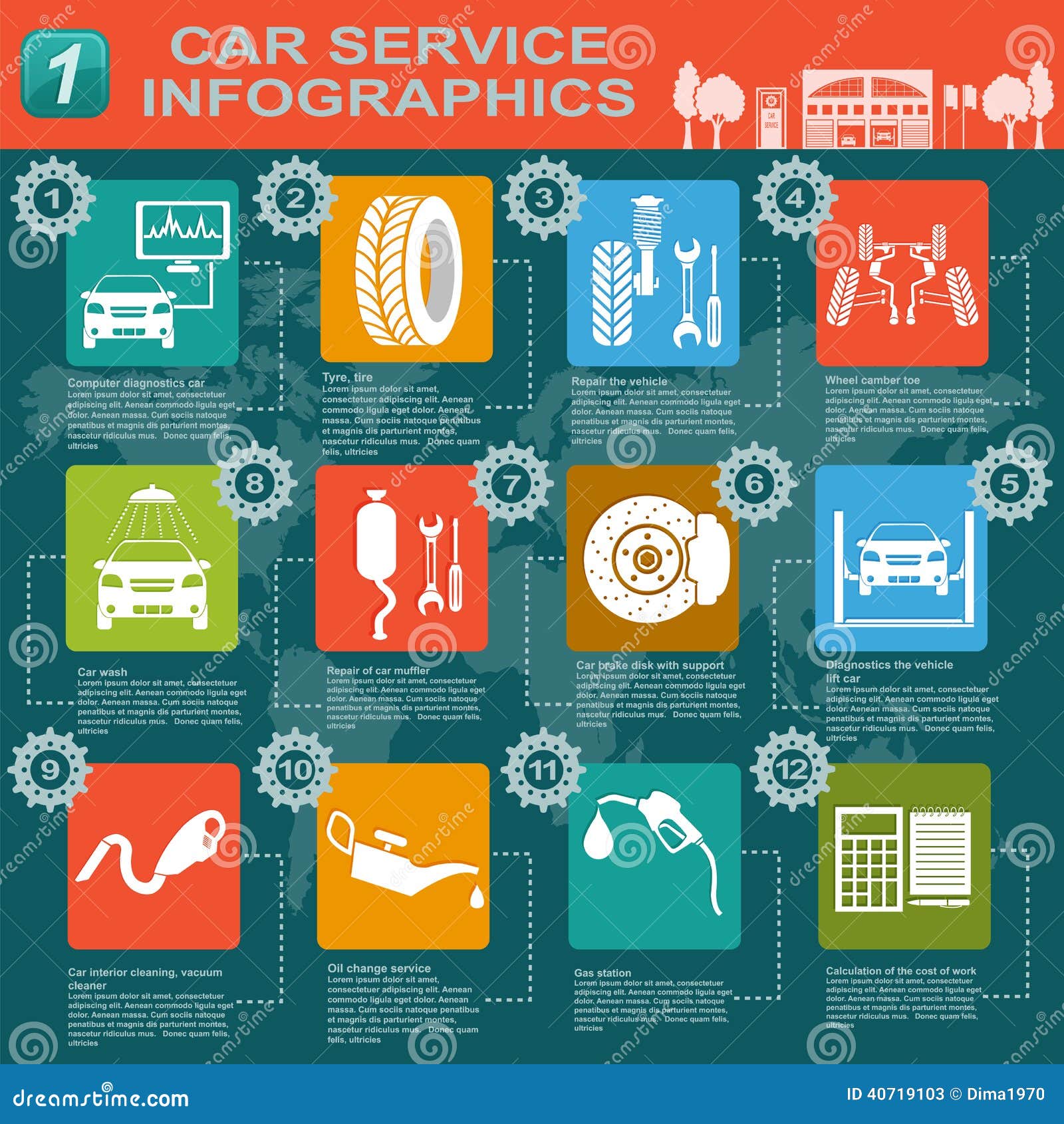When you're behind the wheel, those radiant warning lights on your dashboard can be a little bit bewildering. Do you recognize what they're attempting to tell you concerning your automobile's health and wellness? Recognizing the relevance of these lights is essential for your safety and security and the longevity of your lorry. So, the following time one of those lights pops up, would not you intend to decode its message precisely and take the essential actions to resolve it?
Common Warning Lights and Interpretations
Recognize typical caution lights in your automobile and understand their significances to ensure secure driving.
The most common caution lights include the check engine light, which signifies problems with the engine or emissions system. If this light begins, it's important to have your car checked without delay.
The oil pressure advising light shows reduced oil stress, calling for instant attention to prevent engine damages.
A blinking battery light could suggest a malfunctioning charging system, possibly leaving you stranded otherwise attended to.
wash car tracking system (TPMS) light signals you to reduced tire pressure, affecting automobile stability and fuel effectiveness. Neglecting this can lead to dangerous driving problems.
The abdominal muscle light shows an issue with the anti-lock stopping system, endangering your ability to quit swiftly in emergency situations.
Lastly, the coolant temperature level cautioning light warns of engine getting too hot, which can cause severe damages otherwise fixed swiftly.
Recognizing these common caution lights will certainly aid you address issues without delay and preserve risk-free driving problems.
Value of Prompt Interest
Understanding the typical warning lights in your auto is only the initial step; the importance of quickly attending to these cautions can not be emphasized sufficient to guarantee your security when driving.
When please click the next website page illuminates on your control panel, it's your automobile's means of communicating a possible problem that requires focus. Ignoring these warnings can bring about a lot more extreme troubles in the future, jeopardizing your safety and security and possibly costing you much more out of commission.
Motivate attention to alerting lights can avoid malfunctions and crashes. As an example, a flashing check engine light can show a misfire that, if left unattended, could create damages to the catalytic converter. Resolving this immediately can conserve you from a pricey repair.
In a similar way, a brake system warning light could signal low brake liquid or worn brake pads, crucial components for your safety when driving.
DIY Troubleshooting Tips
If you discover a warning light on your dashboard, there are a few do it yourself troubleshooting ideas you can attempt before looking for expert assistance.
The very first step is to consult your automobile's handbook to recognize what the details caution light suggests. Sometimes car steam cleaning can be as basic as a loose gas cap setting off the check engine light. Tightening up the gas cap may deal with the trouble.
Another typical problem is a reduced battery, which can trigger different warning lights. Checking the battery links for rust and guaranteeing they're secure could repair the issue.
If a warning light persists, you can try resetting it by disconnecting the auto's battery for a couple of minutes and after that reconnecting it. Furthermore, checking your vehicle's liquid degrees, such as oil, coolant, and brake liquid, can aid repair advising lights related to these systems.
Final thought
In conclusion, comprehending your car's warning lights is necessary for keeping your vehicle running smoothly and safely. By without delay resolving these signals and knowing what they suggest, you can avoid expensive repair services and prospective failures.
Remember to consult your automobile's guidebook for particular details on each alerting light and act appropriately to ensure a hassle-free driving experience.
Stay notified, remain safe when driving!
